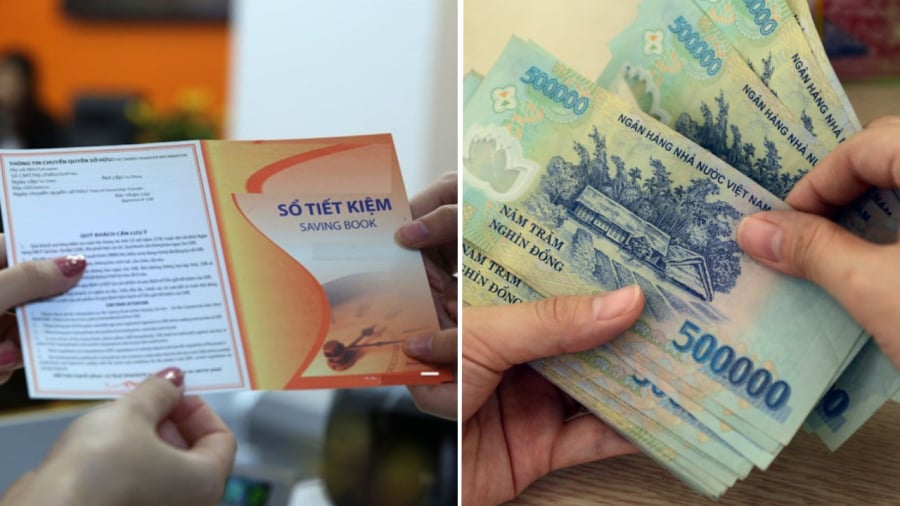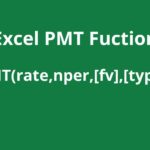Recently, some experts have pointed out that depositing money in a 1-year fixed-term savings account is not the best option, especially when you want to maximize the returns from your savings.
The reason why a 1-year fixed-term savings account is not an ideal time deposit is because it carries liquidity risks. For example, if you have 500 million VND to deposit in a bank savings account for 1 year with an interest rate of 7%. When there is an urgent need, you need to withdraw the money before the maturity date, and the interest earned will be very low, not comparable to a non-term deposit. Therefore, you will lose a considerable amount of money. In reality, in everyday life, you cannot avoid situations where you need to withdraw money before the maturity date.
In addition, the current interest rate for a 1-year term deposit is not high, many places do not exceed 6%. This interest rate cannot “beat” the inflation rate. Therefore, in the long run, due to inflation, the real value of the deposited amount will be eroded.

To address these issues, you should consider more flexible deposit options.
If you have a sum of money in hand, you should divide it into at least 2 parts. One smaller part will be deposited in a short-term savings account for about 3 months. This is the money to be used for emergencies such as illness, accidents, etc. The larger part will be deposited in a long-term savings account, possibly for more than 1 year, and will be reinvested when each term ends. You can set up a savings schedule for 3-5 years for long-term savings. With the option of dividing the money into multiple different savings accounts, you can enjoy higher interest rates and avoid the situation of having to withdraw the entire savings deposit before the maturity date.





































